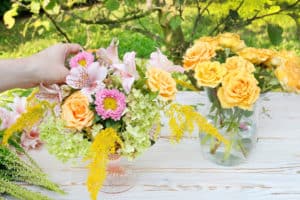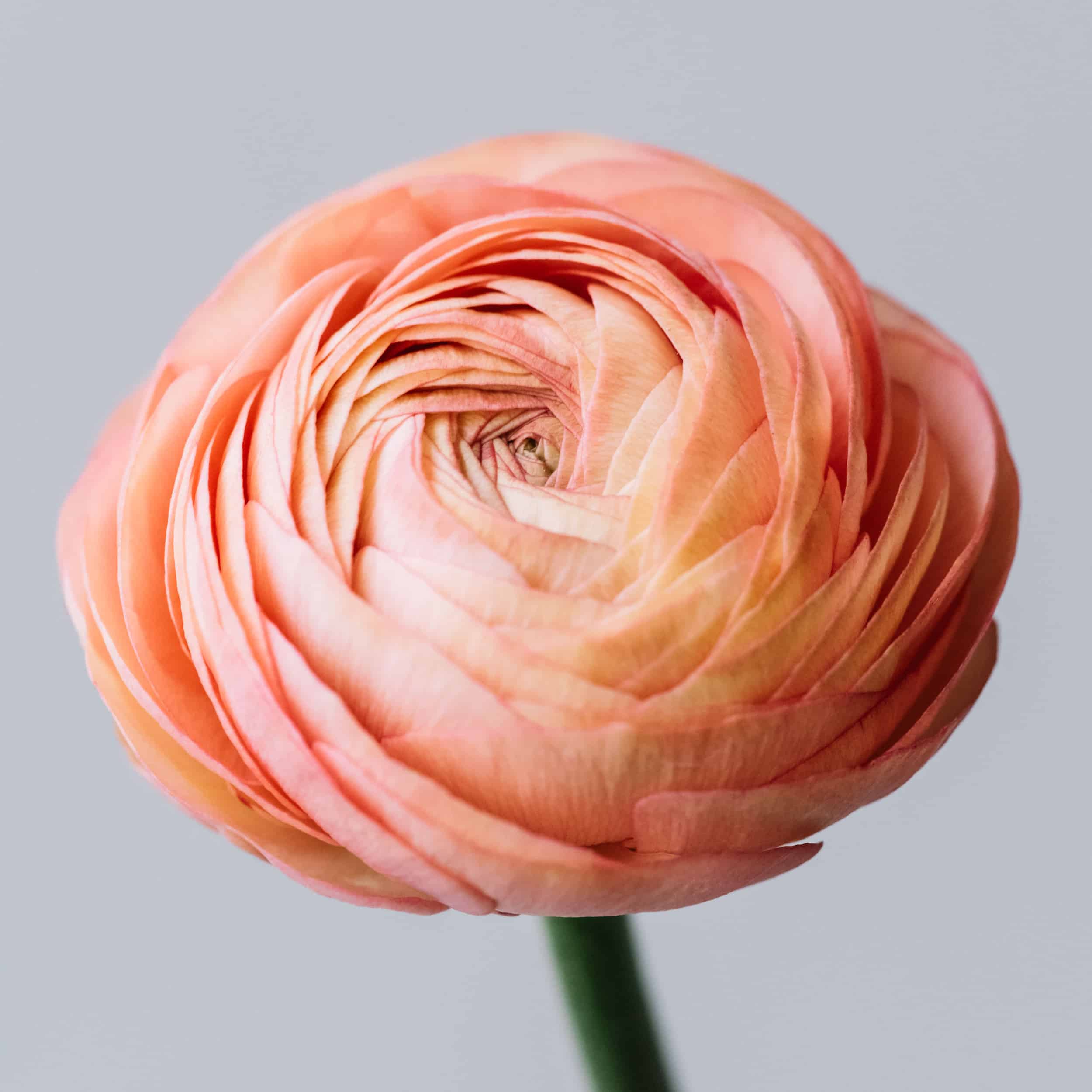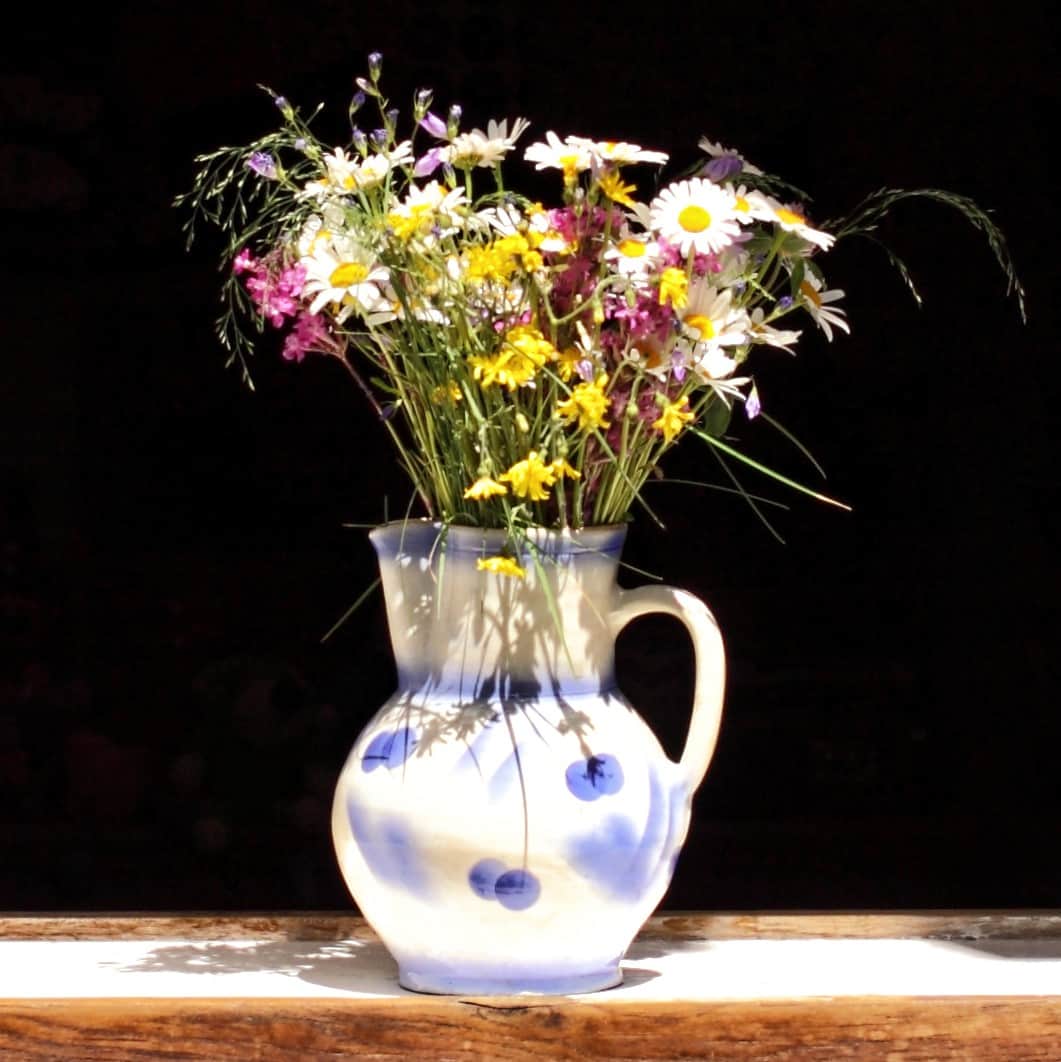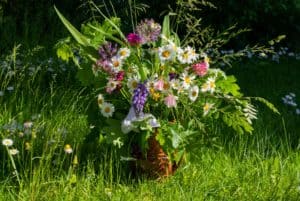
With the availability of quality wholesale flowers from Cascade, having fresh blooms for creating DIY wedding flowers is a dream come true for budget-friendly and cost-conscious brides. Doing it by yourself can be overwhelming, which is why we are providing you with essential tips for DIY wedding flowers.

6 Tips for DIY Wedding Floral Arrangements
Choosing Your Flowers
- While modern shipping allows for access to almost any flower at any time of year, it is easier and more cost-effective to choose flowers that are in season. Seasonal flowers will be more readily available, affordable, and replaced easier if anything should occur to your bouquets right before the wedding. Fresh, seasonal blooms T also stay healthier for a longer period of time, looking more beautiful and appealing during the wedding.
- It is also important to understand the limitations of the flowers you choose. Some blooms may wilt quicker than others, and other blooms may need more water or sunlight than others. By understanding what each flower needs, you can care for them properly to keep them bright and blooming. Having this knowledge can help you select hardy flower varieties that will maintain the look you want.
- Our final tip for deciding which blooms to choose is to keep it to only a few varieties. All of your arrangements can be created with just three flowers – a primary bloom, a secondary bloom that complements it, and a tertiary bloom that helps fill out the bouquet. These three flowers can be used across all of your arrangements, changing their positions and filling them in with greenery to create different variations.

Preparing for Assembly
- Assembling bouquets, boutonnieres, and centerpieces requires more tools than just flowers and vases. Making sure you have all the required tools and materials when the flowers arrive is crucial. To hold flowers in place and arrange them, floral tape, floral wire, floral foam, and twine are helpful to have on hand. For decorations and embellishments to make your flowers pop, use ribbons, lace, or twine. To keep the flowers fresh, have a spray bottle of water nearby so you can periodically mist your floral arrangements.
- It r helps to make a plan for your fresh flowers ahead of time, so you know how many you will need for your wedding. Count the number of bouquets, centerpieces, and boutonnieres you plan to have and then how many flowers will be in each one. This will help you determine the number of individual flowers and greenery you will need so you aren’t left with too many or too few.
- Making a gorgeous wedding bouquet and centerpieces is not as easy as many think and often takes time and practice. Online tutorials are a great place for tips and advice on how to best prepare your flowers. Pick a tutorial that shows an arrangement like the ones you want to use and practice with your tools before getting started. It is important to remember that complex or time-consuming arrangements can lead to anxiety or frustration and simple arrangements often look just as beautiful and a lot easier to prepare.

Cascade floral offers all the flowers you need for DIY arrangements that best fit your budget. Check out our selection today or contact us directly so we can help you make your wedding day special and memorable.










